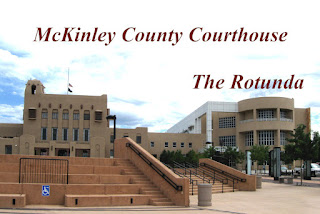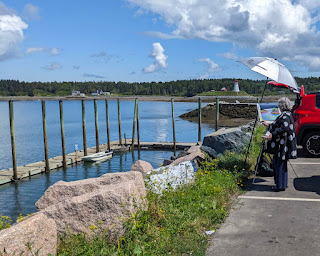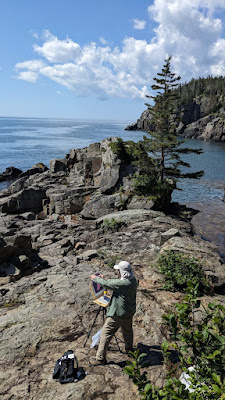View in browser
**Authentically Human! Not Written by AI**
Will your paintings outlast you? Even after one lifetime, many paintings start to show damage. Nothing's worse than having a bright sunset fade to monochrome tints or for the surface to become disfigured due to alligatoring. (Here's an exhaustive list of all the things that can happen to an oil painting.) To ensure the physical integrity of our work, we artists are admonished to use archival materials and procedures.
Some paintings have outlasted their creators by centuries. The oldest surviving oil paintings are nearly 1400 years old; these are Buddhist murals made around 650 AD in Afghanistan, but they are in poor shape. Looking a bit better are the Fayum portraits, painted in encaustic in Egypt in the 1st century AD. Even much older are some frescos, also in Egypt, lining a Bronze Age tomb from 3500 BC. They've survived over 5000 years!
What helped these priceless artworks survive was a combination of things: the right materials, the right painting process and the right environmental conditions. If I use the right materials (maybe a wood panel sealed with Gamblin's PVA sizing plus an oil ground) and the right process (painting fat-over-lean with lightfast pigments) and store the painting under the right conditions (perhaps a climate-controlled museum), how long can I expect it to last?
The problem with physical objects is that they break. You can't avoid it. I worked in IT for many years, where I learned about something called MTBF or "Mean Time Before Failure." Every hard drive was stamped with "MTBF" and a number, which would give me an idea of how reliable a drive was. The engineers who designed the drives expected them to fail at some point. As they say, sh*t happens—even if you do everything you can to ensure that it won't.
If I do everything I can, maybe my painting will last as long as the Mona Lisa. But is there a way for it to last thousands of years? Perhaps even milllions?
Prompting these thoughts is a book I read recently. In the first half of Scatter, Adapt and Remember, science writer and science fiction author Annalee Newitz outlines several possible scenarios of global catastrophe, from asteroid strikes to thermonuclear obliteration and pandemics. In the second half, she presents several possible solutions, such as colonizing other planets or even uploading our brains to robots. As I read, I started to wonder how our cultural artifacts—our artwork—would fit in.
Perhaps someday science will find a way to take a painting and preserve it for a million years. But as I noted earlier, anything physical will eventually deteriorate. (I do worry about all those frozen heads in cryogenic tanks, waiting for resurrection.)
Maybe there's a better option. What if we scanned the artworks and preserved them digitally? We already have high-resolution 3D scanners and printers, and this technology will continue to improve. I predict a time when the printed copy will be indistinguishable from the original, right down to the finest brush hair embedded in the paint. The original could delaminate and eventually turn to dust, but we could print another copy whenever we wished.
But does it make sense to create yet another physical copy that will someday also turn to dust?
And what about that digital scan? Is it protected from the whips and scorns of time? Not at all. It's a binary code not stored in some virtual place but on physical hardware as a set of voltage or magnetic charges. And remember what I said about a physical object.
Even so, the best bet to ensure that a painting survives is to keep it digital and put it in the metaverse. (By the way, the term "metaverse" predates Mark Zuckerberg by three decades; it was first used by fiction futurist Neal Stephenson in his novel, Snow Crash, published in 1992.) Here's my own possible solution for an end-of-the-world scenario:
Over time, the technology for virtual reality will improve, and we (or some future generation) will be able to experience the painting in its perfect, original (but virtual) state in the metaverse. To make sure that there will always be some kind of physical platorm available to support this virtual world, we'll have a continually-maintained, continually-running infrastructure of self-healing computer systems, all run by artificial intelligence. This physical platform may be on Earth or Mars, or in some distant galaxy, far, far away—or perhaps it'll be everywhere, buried in the fabric of space-time.
Unless, of course, some of the cosmologists are right, and the entire universe will eventually collapse in the "Big Crunch" to a dimensionless point. And what did I say about things physical?
Maybe I'll just keep painting the way I do and let future generations figure it out.


























